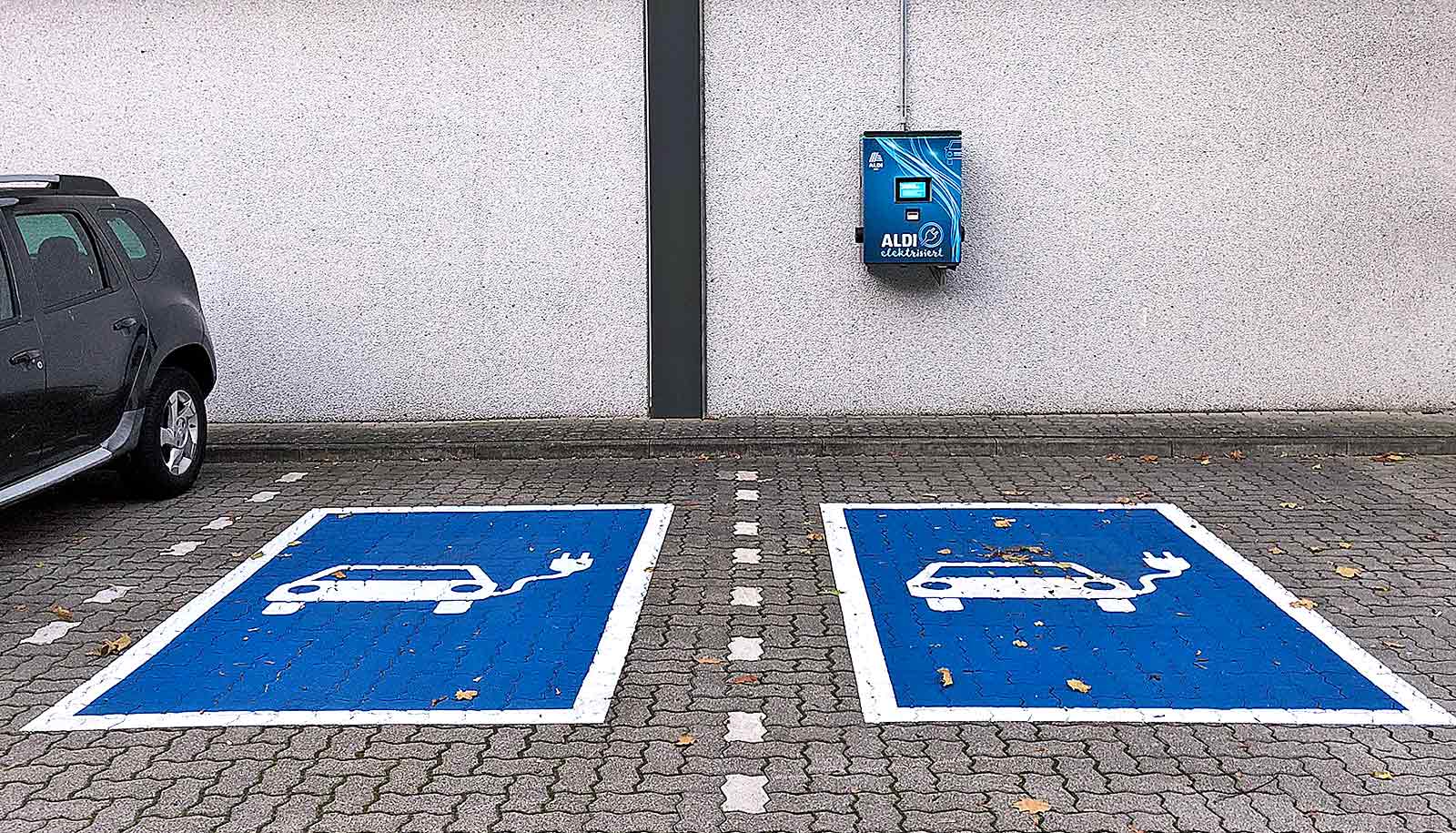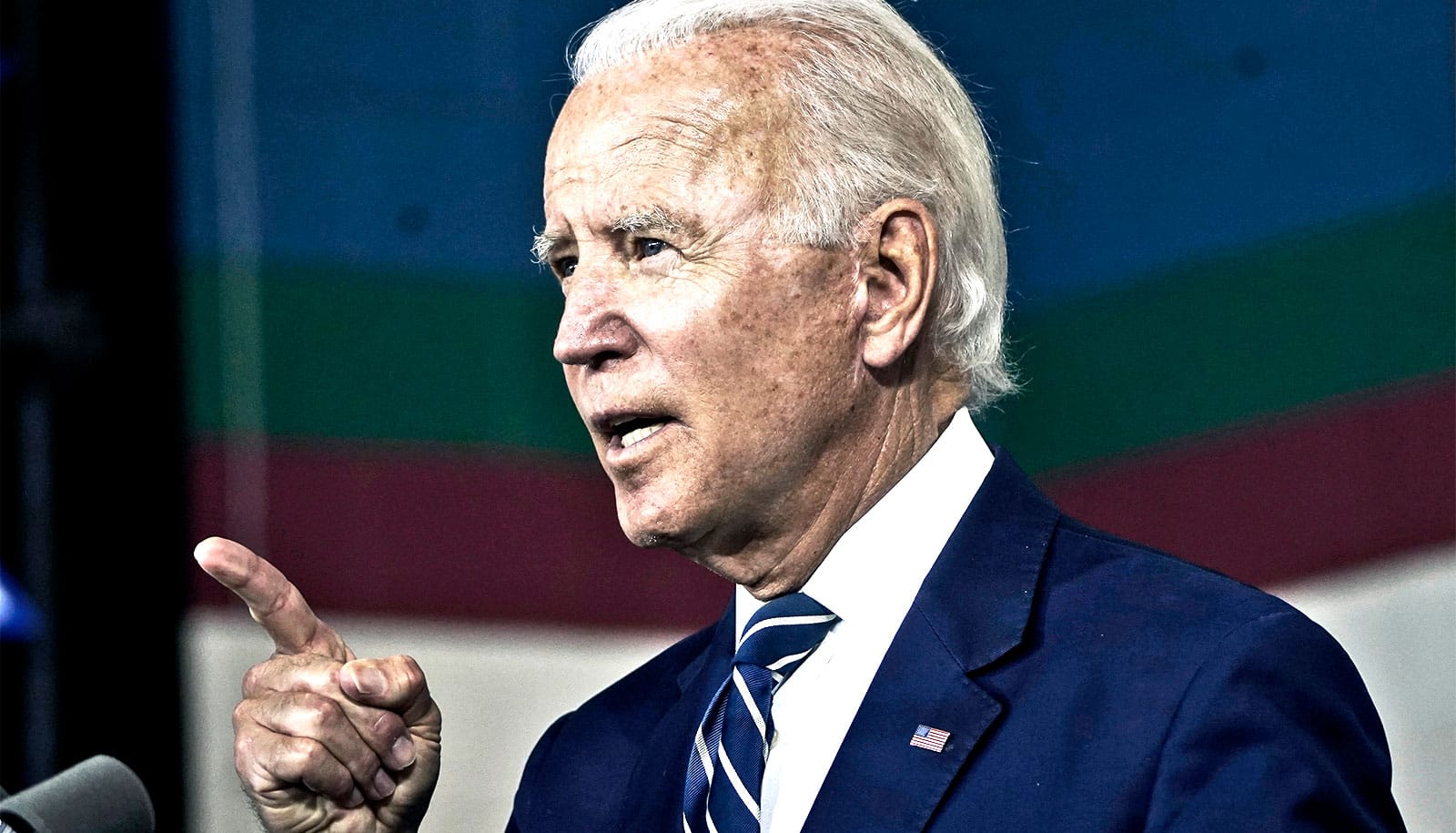The US government has set a national goal of reaching 50% penetration of plug-in electric vehicles by 2030, but meeting the goal is unlikely unless the cars become more affordable, research shows.
“We need to focus policy makers, automakers, and electric utilities on how to stimulate consumer demand for—and automaker offerings of—affordable electric vehicles,” says John D. Graham, professor in the School of Public and Environmental Affairs at Indiana University and coauthor of The Global Rise of the Modern Plug-In Electric Vehicle: Public Policy, Innovation, and Strategy (Elgar Publishing, 2021).
In 2021, President Joe Biden pledged to achieve net zero carbon emissions economy-wide by 2050, a commitment that is now a formal US submission under the 2015 Paris Accords of the United Nations Framework Convention on Climate Change. As it stands, transportation is the largest contributor to US greenhouse gas emissions, and 58% of transportation emissions come from light-duty passenger vehicles, such as cars and light trucks.
Reaching Biden’s goal to cut emissions requires a transition from internal combustion engines to zero emission vehicles, such as plug-in electric vehicles, but a number of factors are slowing that transition, among them the price of PEVs.
PEVs tend to cost $10,000-$20,000 more than their internal combustion engine counterparts, a price point that is slowing customer acceptance. Surging prices of raw materials used in making batteries and electric motors also have hindered a reduction in the price gap.
Graham and Eva Brungard, a research assistant at Indiana University who has held internships at both an electric vehicle manufacturer and trade association, found that the midpoint of prices of all new vehicles sold in the US in 2021—both PEVs and ICE vehicles—to be roughly $45,000.
Of the 108 total PEV models offered to US consumers in 2022, only 17 featured a base price below $46,000. Few of those affordable models are appealing to consumers. The good news is that the number of affordable PEVs on the market are increasing, but the dominate US producer of electric vehicles, Tesla, is not prioritizing affordable models.
Without more rapid penetration of plug-in vehicles into the affordable end of the new vehicle market, Biden’s goals could be impossible. However, the commercialization of plug-in models in Europe provide hope for reaching the benchmarks, but it will require sufficiently favorable public policies to spur greater consumer acceptance.
“Instead of relying on unrealistic mandates from California and other states, the federal government needs a comprehensive electric-vehicle policy—performance standards and incentives—similar to what has been adopted in the European Union,” Graham says.
The study appears in the journal Frontiers.
Source: Indiana University



